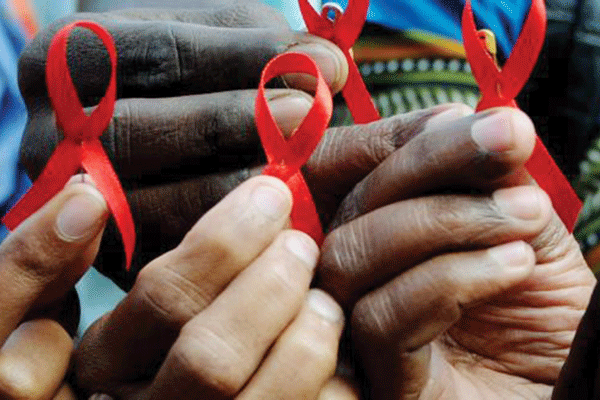
HEALTHCARE providers in sub-Saharan Africa, including Zimbabwe, are struggling to provide services for HIV-positive adolescents, an investigator’s report in the Journal of the International Aids Society has claimed.
BY PHYLLIS MBANJE
Zimbabwe is one of the countries battling to contain fresh HIV infections among youths, where girls in the 15 to 19 year age group account for seven out of every 10 new infections.
Condom use in this group has also remained low with institutions of higher learning cited as the new HIV/Aids hotspots.
Latest global estimates suggest 2.1 million adolescents are living with HIV, with 83% located in sub-Saharan Africa.
According to the report, which was published last week, four major service limitations were identified by the researchers.
These included poor mechanisms to support adherence and retention in care, service gaps, especially transitioning from paediatric to adult care, poor integration of sexual and reproductive health services and insufficient disaggregation of health outcome monitoring data by age.
This report comes against the backdrop of a damning local report from the Auditor-General, which revealed shocking misappropriation of funds in public hospitals.
- Chamisa under fire over US$120K donation
- Mavhunga puts DeMbare into Chibuku quarterfinals
- Pension funds bet on Cabora Bassa oilfields
- Councils defy govt fire tender directive
Keep Reading
Meanwhile, the authors of the Journal of the International Aids Society said there was need for research and intervention in adolescent adherence to antiretroviral (ART) therapy and engagement in care from perspectives of frontline health providers.
Stigma has remained one of the many barriers that hinder many young people from seeking help in health facilities.
“This multi-country situational analysis provides key insights into the status of HIV treatment and care services for adolescents in sub-Saharan Africa,” commented the authors. “New initiatives to address the urgent needs of the growing adolescent population must be put in place to reach global treatment targets.”
Of the clinics which participated in the study, the most commonly reported adolescent treatment and care challenges were adherence to therapy (40%) and non-disclosure (30%). Many young people fail to disclose their status to their parents or peers for fear of being reprimanded or stigmatised.
Socio-economic barriers to care were also widespread (25%), including poverty, transport costs and food insecurity. Regarding monitoring of treatment outcome, only 43% of facilities checked viral load and 80% of facilities did not disaggregate outcomes by age.
Approximately two-thirds of facilities provided sexual and reproductive health services for adolescents.











